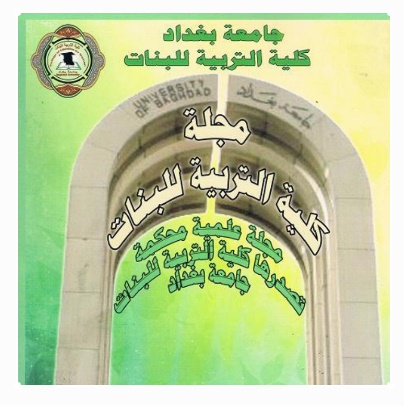The disintegration of the triangle of man, myth and nature in T. S. Eliot's The Waste Land (1922)
The disintegration of the triangle of man, myth and nature in T. S. Eliot's The Waste Land (1922)
الملخص
Abstract
This research is an attempt at revealing T. S. Eliot's emphasis in The Waste Land
(1922) on the modem man's urgent need to restore the strong bond which once
existed, in primitive times, between man and nature, on the one hand, and between
man and myth on the other. The strong relationship, or triangle, that bound man,
nature and myth together formed one of the fundamental foundation stones of ancient
civilizations. It manifested itself most clearly in the vegetation myths and legends and
the mystery religions of ancient cultures. What Eliot delineates in The Waste Land is
the effect of the disintegration of this triangle. Modem man is dissociated with nature
and as a result has no intention of interpreting nature mythologically . At the same
time, he juxtaposes the past with the present in order to contrast the presence of this
triangle in ancient cultures with its absence in contemporary life.













